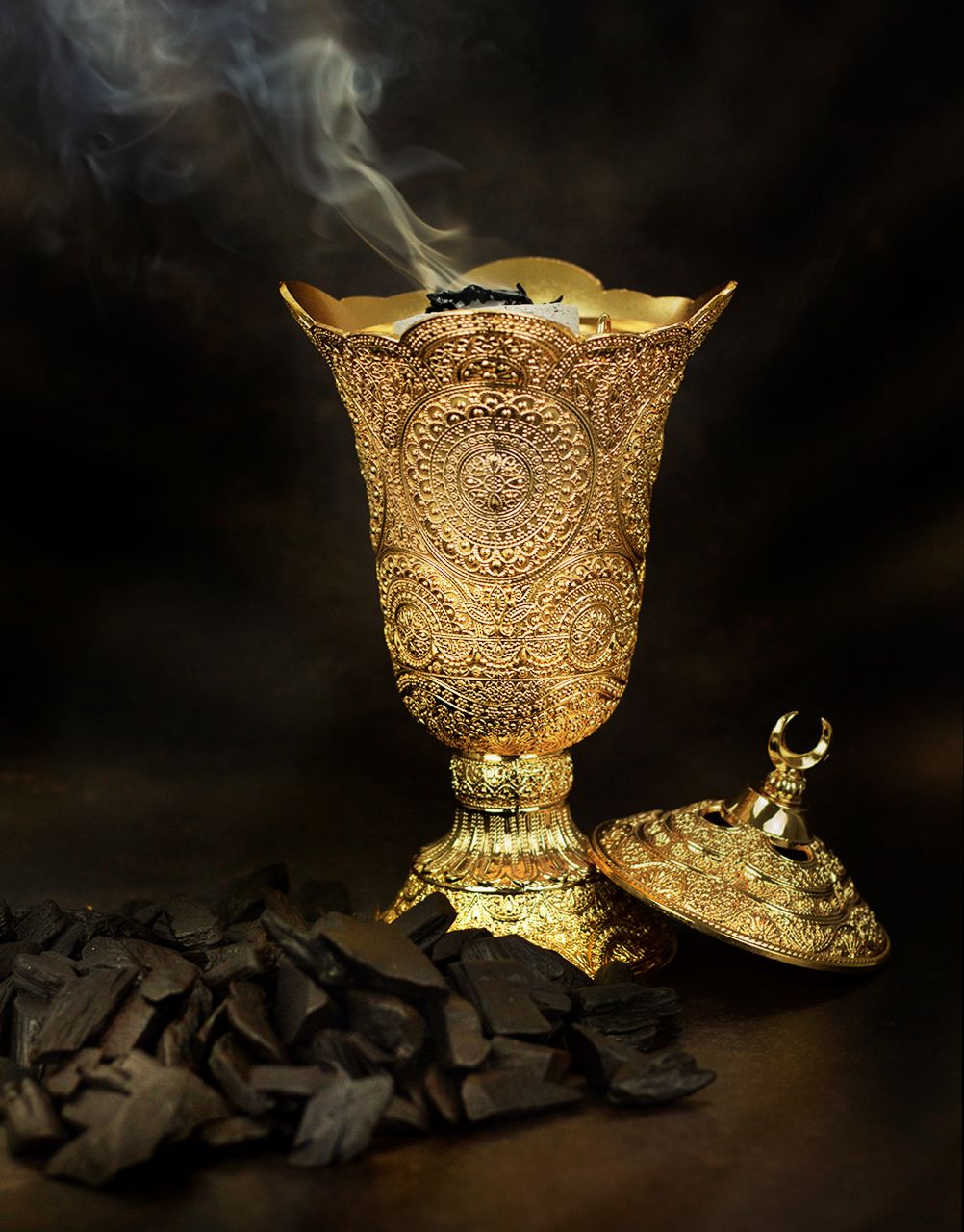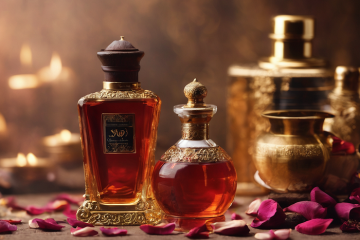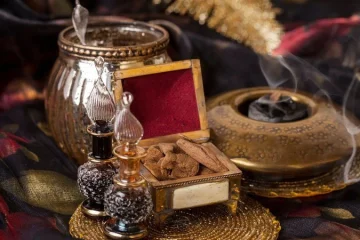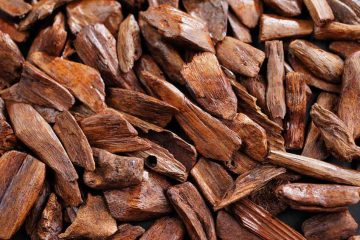In the realm of aromatic wonders, one term that captivates fragrance enthusiasts worldwide is “Oud Bakhoor.” Let’s delve into the roots of this captivating tradition, exploring its origins, scents, and cultural significance.
Understanding Oud Bakhoor
Historical Roots and Cultural Practices
Oud Bakhoor traces its origins back through the corridors of time, deep-rooted in the rich tapestry of Eastern cultures. The term “Oud Bakhoor” encompasses more than just a fragrance; it encapsulates centuries-old traditions and rituals. Generations have passed down the art of crafting and using this aromatic concoction, making it an integral part of cultural ceremonies and spiritual practices.
Ingredients and Production Process
To comprehend the allure of Oud Bakhoor, it’s essential to dissect its components and production methods. Oud, the aromatic resin derived from agarwood trees, takes center stage. This resin, combined with a carefully curated blend of spices, herbs, and other aromatic elements, undergoes a meticulous process. Traditional methods, rooted in heritage, coexist with modern techniques, birthing unique variations of Oud Bakhoor that cater to diverse preferences.
The Fragrant Symphony: Oud Bakhoor Aromas
Oud’s Distinctive Scent Profile
Close your eyes and imagine an earthy, woody fragrance with resinous undertones – that’s the signature scent of Oud. The aromatic journey varies, influenced by the geographical origin of the Oud. From the enchanting forests of Southeast Asia to the Arabian deserts, each source contributes to a nuanced olfactory experience.
Bakhoor Blends and Combinations
Bakhoor, the complement to Oud, introduces a symphony of scents. Blending various fragrances, from floral notes to spices, artisans create unique Bakhoor blends. The concoction holds not just olfactory beauty but also cultural significance, with specific scents being associated with various rituals and occasions.
Application and Usage
Traditional Practices
The rich tapestry of tradition unfolds as Oud Bakhoor takes its place in ceremonies and rituals. The application is not merely a sensory experience but a profound ritualistic act, symbolizing purification and spiritual elevation.
Modern Applications
As traditions evolve, so does the application of Oud Bakhoor. Beyond cultural ceremonies, it has found its way into the realms of modern perfumery, enhancing personal and home fragrances. The exotic allure of Oud Bakhoor now transcends cultural borders, finding a global stage.
Cultural Significance and Symbolism
Oud Bakhoor in Religious Ceremonies
Delve into the spiritual realm, and you’ll find Oud Bakhoor woven into religious ceremonies. Its significance goes beyond the aromatic, symbolizing purity and transcendence in various faiths.
Choosing the Right Oud Bakhoor
Factors to Consider
For those venturing into the world of Oud Bakhoor, understanding the factors influencing its quality is paramount. From the source of Oud to personal preferences, a thoughtful selection ensures a delightful aromatic experience.
Tips for Storage and Preservation
To preserve the potency of Oud Bakhoor, consider the art of storage. Simple yet crucial practices can extend the lifespan of these fragrant gems, ensuring a lasting olfactory delight.
Exploring Oud Bakhoor Beyond Borders
Global Popularity
The allure of Oud Bakhoor has transcended its cultural origins, gaining international acclaim. Its unique fragrance and cultural resonance have sparked a global interest, leading to cross-cultural adoption and adaptation.
Uniquely Ending the Article:
Embark on your fragrant journey with Oud Bakhoor, where every whiff is a step into history, culture, and the timeless allure of aromatic traditions. Elevate your senses with the essence of Oud Bakhoor, an aromatic masterpiece that transcends borders and spans centuries. Immerse yourself in the fragrant symphony that resonates from the heart of ancient traditions to the global stages of modern perfumery. Rediscover the power of scent, where Oud Bakhoor becomes not just a fragrance but a portal to cultural richness and olfactory delight.



